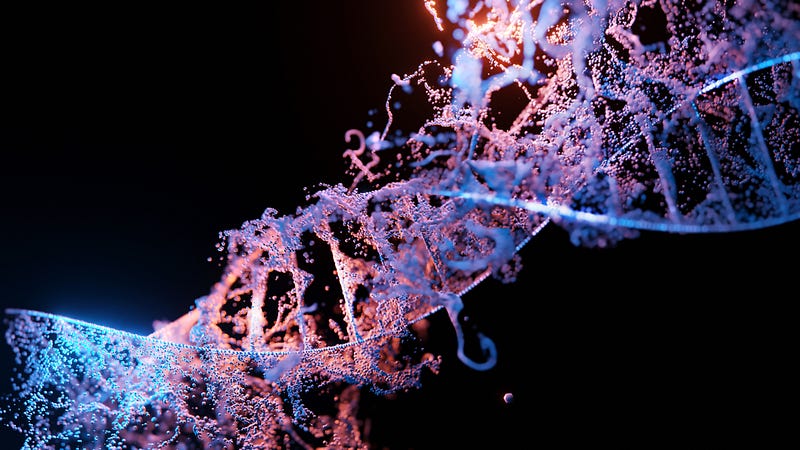How DNA Testing Unveils the Untold History of African Americans
Written on
Chapter 1: The Journey of Ancestry Discovery
DNA testing has gained immense popularity as a means for individuals to explore their lineage and reconnect with their heritage. However, for many African Americans, the quest to map out their family history can be both a daunting and enlightening experience, often unveiling unexpected revelations.
Recent research by 23andMe indicates that the average African American carries approximately 24 percent European ancestry, 73 percent sub-Saharan African ancestry, and 0.8 percent Native American ancestry. This genetic variety among African Americans mirrors the intricate history of slavery, migration, intermarriage, and racial categorization in the United States.
Advancements in genetic technology have enabled African Americans to trace their ancestry to specific regions, ethnicities, and even distinct individuals in Africa. The innovative Ancestry Informative Marker (AIM) panel allows for a more precise identification of the geographical roots of African Americans' ancestors compared to earlier methods.
"We aspire for this new approach to enable more African Americans to situate their lineage within the expansive tapestry of global human history," stated Jelani Zarif, an assistant professor of biology at Morgan State University and the principal author of a study detailing the AIM panel.
Section 1.2: The Future of Genetic Exploration
As DNA testing becomes increasingly accessible and affordable, a growing number of African Americans are likely to embark on journeys to explore their genetic heritage and unearth new dimensions of their identity.
Chapter 2: Articles and Resources
Relevant articles:
- Exactly How ‘Black’ Is Black America?, The Root, Feb. 11, 2013
- A New Approach to Genetic Genealogy Sheds Light on African American Ancestry, Stanford News, July 10, 2023
- How DNA Testing is Helping African Americans Trace Their Roots, BBC News, Aug. 29, 2023
- The Hidden History of African American Women in Science, The Conversation, Aug. 26, 2023
